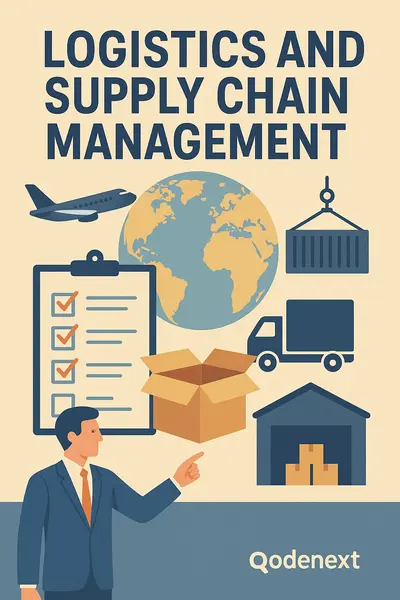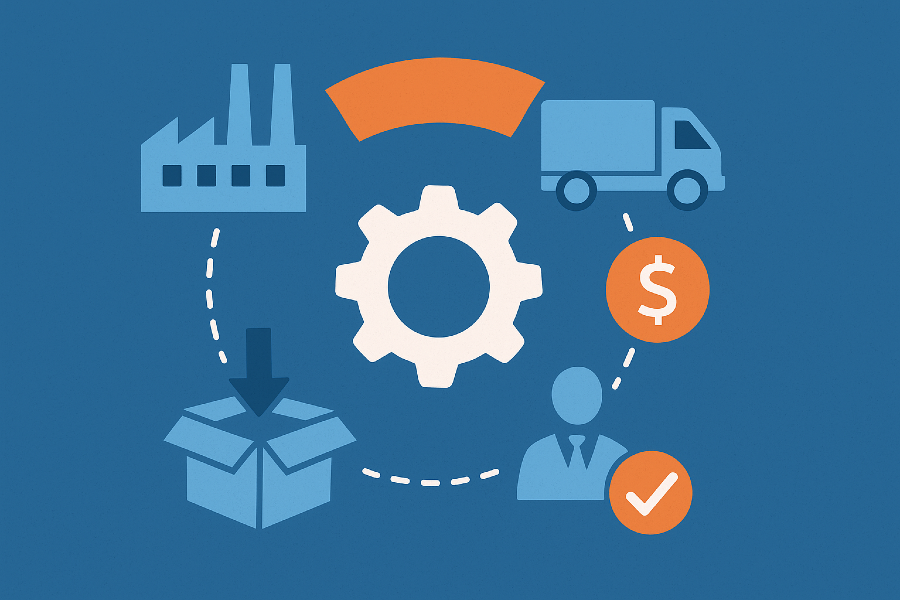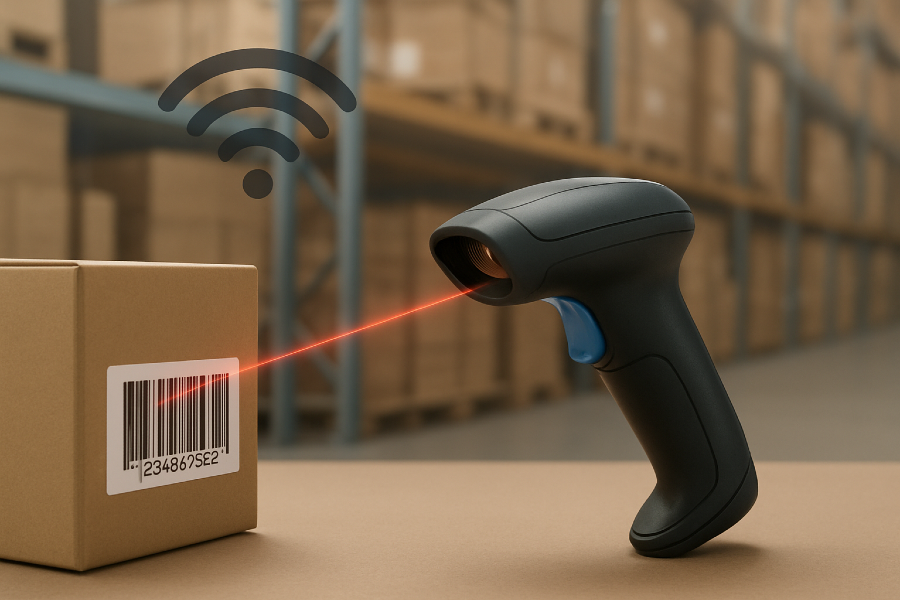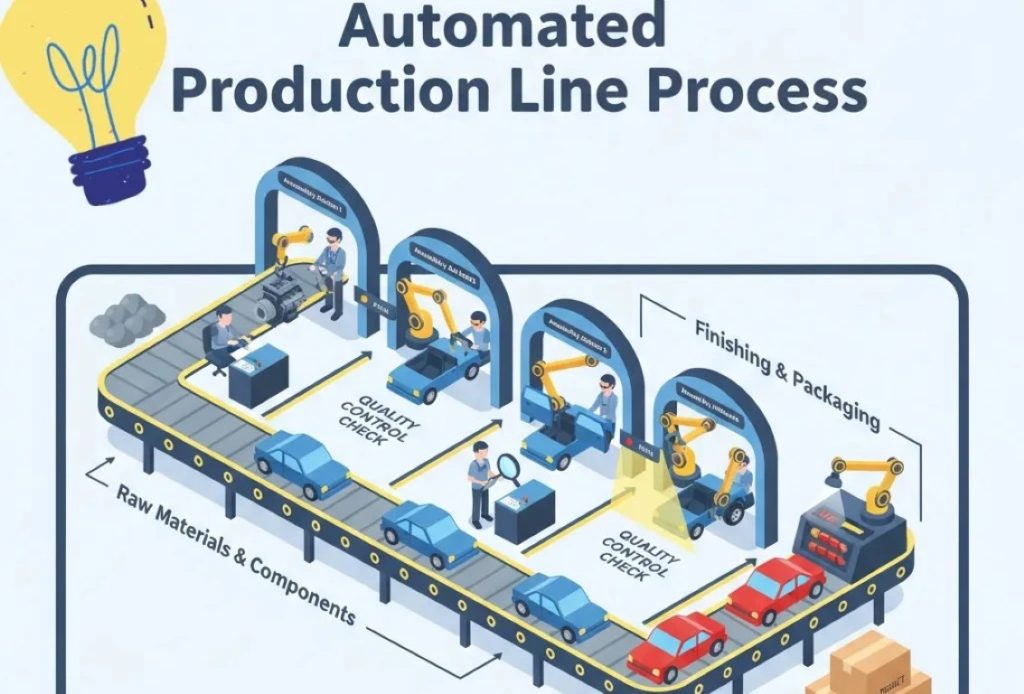
The goods are ready from the manufacturer and are in storage. They are ready for shipment. But they need a last check or inspection. That is where pre shipment inspection comes in.
This is a quality control check that ensures the items meet agreed-upon specifications. It helps to catch issues early to avoid receiving defective products. This helps protect buyers from wasted money and potential damage to their brand image. Manufacturers only perform this process after the production of all units.
Important Tips to Note About Pre Shipment Inspection
This type of inspection, also known as the final random inspection (FRI) , has a set purpose. Here are the objectives of the inspection:
- The procedure must not be discriminatory
- It must be a transparent procedure
- There should not be any delays due to the procedure
- All confidential business information must require discretion during the entire procedure
And there’s a good reason for this.
Importance of Pre Shipment Inspection
Have you ever ordered something online and received a completely different shipment? Or did you buy an item that came without all its accessories?
That is what pre-shipment inspections are aiming to prevent. They ensure there is no mishap before your products are ready for shipping.
Although pre-shipment costs can be unnecessary, it saves high costs of dealing with customer complaints and getting replacements for those items. Here’s why you need these inspections:
- Diminishing the risk of receiving counterfeit goods
- Verify the product quality so that the customers do not receive defective items
- Ensuring that the factory produces goods which meet the criteria
- Maintaining the reputation of your company by eliminating the possibility of faulty product returns
- Make sure your products are safe and do not pose any health risks.
- Reducing the risk of illegal substance smuggling
- Examining all relevant paperwork for any errors
All these benefits of pre shipment inspection have a significant impact on the supply chain system. Let’s see the detailed process to carry out the inspection.
Methods of Pre Shipment Inspection
Such use of random sampling and detailed checks to verify product quality, packaging, and quantity before they leave the factory, ensuring everything meets buyer specifications.
You can conduct these inspections on-site or off-site depending on the product and potential risks. Here’s the process:
1. Inspection Visit
This is the first step of the pre-inspection process. It includes planning all of the on-site inspections- the place where it will happen. The experts lay out the procedure and then decide on the process.
2. Verify Quantity
The next step is quantity verification. The inspectors investigate the number of cartons to verify the quantity and ensure that the right number of products and bones reach the desired destination.
3. Random Sampling
This next step involves carrying out a statistical sampling procedure like the Acceptance Quality Limit (AQL) sampling method. It helps to determine the number of pieces to examine in each batch or carton. Post this, the products are not there in the final batch.
4. Product-Specific Testing
After taking out the samples from the production batch, they undergo special testing. It determines the quality of the products. This usually happens based on category. For instance, if there are electronic goods, the charging ability, and time it takes to charge will be the assessments take place.
Such tests vary depending on the products and some tests can become time-consuming as well. Therefore, inspectors begin with these.
5. Checking Packaging and Labelling
Next, we are checking the packaging and labelling of the goods. The inspectors carry out the checking and identity and miss labelling that can cause more harm than food. Also, the packaging gets verification after checking the card in size, weight sealing techniques, etc.
6. Visual Inspection
After this, the samples go for visual inspection to check for obvious defects. This might include, paint peeling, missing screws; etc. These are minor defects and thus this classification can be given beforehand.
7. Functional Testing
This next step checks the functionality of the products. It determines if they are working well or not. For instance, if you are inspecting a structure, it must be firm and sturdy and the screws need to be in place so that it does not fall apart and pose an injury risk to those using it.
8. Physical Verification
Now the products go for checks for height, width, length, breadth; etc. This ensures that they meet the physical criteria. You can check for it using tools like Vania callipers, measuring tapes, reading scales; etc
9. Barcode Verification
The next step is to go for a barcode verification. There are different types of barcodes that you can choose as per your needs. Experts create the barcode so that the products go through proper scanning and there are no roadblocks during the shipping phase. Make sure to properly place the barcode tag so it is readable by the scanner.
10. Inspection Report
After all the inspection is complete, it is time for the report. This report will either approve or reject the inspection. It contains the process and results of each of the tests that take place.
All these processes in the entire pre shipment inspection are very crucial. If you haven’t done it before, there’s a chance of making mistakes. But worry not here’s a list of dos and don’ts to guide you the right way!
Pre Shipment Inspection: The Dos & Don’ts
Be careful when you carry out this process:
The Do’s
- Create a Pre-Shipment Inspection Checklist: Firstly, you need a comprehensive PSI checklist to give to your inspector. It will help them to spot any flaws or faults. This ensures that the items meet your exact requirements.
- Product Quantity Check: Check for the number of items that you have produced to meet the customers’ needs
- Do Visual Inspection: To assess any external damage you’d need to conduct visual inspections. If the defective items comply with the Acceptable Quality Limit, you are ready to ship.
- Compliance Checks During Pre-Shipment Inspection: Check the products yourself to see if they meet the customer’s specifications. Ensure that they are functioning well and have the correct tags and labels.
- Carry Out Safety Checks: It ensures that the items do not harm or injure others.
Next, here’s what you shouldn’t do in a pre shipment inspection.
The Don’ts
- Never Ignore Inspecting Labels: It is best to have the right labels for your products. Specify if they are fragile, perishable or hazardous to alert the customers.
- Don’t Ignore Visible Defects: Pay attention to scratches, cracks, dents or other damage signs on the items
- Don’t Ignore Country-Specific Safety Labels: This is another essential thing you must pay attention to. If you are sending products to international customers, then you need to abide by the country-specific laws. Some countries might require pre shipment inspection. They do so as they want to verify the quality of the products about to enter their country.
With this procedure, you can ensure that the best quality products reach your customers. It saves time, money and most importantly reputation.
FAQs: Comprehensive Guide to Pre Shipment Inspection Methods
Is the inspection done at the factory?
No. The inspection can be off-site or on-site. This, however, depends on the product, risk levels and buyer’s needs.
What is a PSI certificate?
A pre shipment inspection certificate is a trade document that an independent inspection agency issues. The documents accompany shipments from the factory to serve as certification that the goods meet the regulatory compliance standards.
What are the main PSI methods?
There are checks for final goods (Final Random Inspection), production stages (Initial Production Check), and packaging (Packing Control).
How long is an item in pre-shipment inspection?
This depends on the courier service. The general time is about 24 hours (weekdays) for domestic packages.
Conclusion
Pre shipment inspection is a crucial process in ensuring high-quality goods reach your customers. They prevent issues like receiving defective items or missing parts, protecting your brand image and saving money on replacements.
Qodenext, a leading supply chain expert, can help you navigate PSI methods and ensure a smooth delivery process. Contact us today to learn more!







